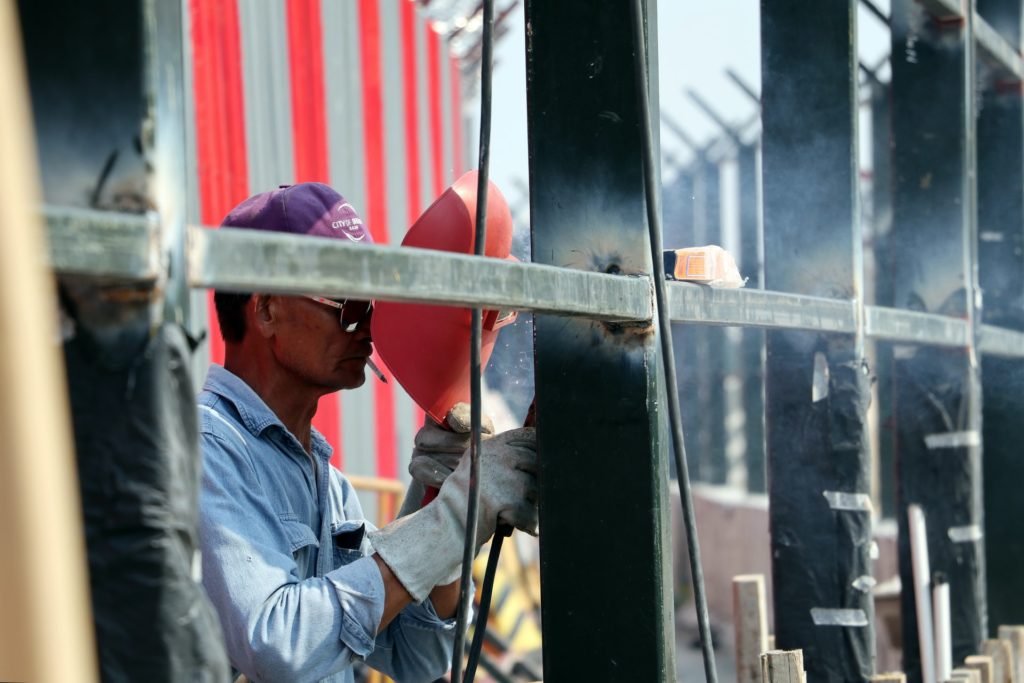The Facts
- 1.3 Billion employees and workers all over the world are impacted by COVID-19. That is half of the global workforce and over 100 million people will slide into poverty in 2020 due to the novel virus according to The World Economic Forum.
It’s a long way off from being able to go back to any kind of normal, and the normal was a crisis. The normal was itself was not working
John Kerry, Former United States Secretary of State
The money sent home by around one billion workers overseas or internally to their families is collectively higher than either foreign direct investment or official development assistance. It was almost three-quarters of a billion dollars last year – a record sum.
The Global Slump
The World Bank estimates the global slump will wipe 19.7% – or $109bn – from the portion of this money that flows to the Low and Middle-Income Countries (LMICs) that need it most. Those economies are now bracing for the impact. There is a clarion call by So far, the UK and Swiss governments for lower transfer fees, and economists and campaigners are calling for more support for migrant workers.
Can damage be unavoidable?
Global remittances could fall by as much as $108.6 billion in 2020 if it takes a year to contain the Coronavirus pandemic and reopen economies, according to Asian Development Bank economists.
“Migrant workers are among the hardest hit groups, with many facing scant job security and limited access to social assistances,”
ADB economists James Villafuerte and Aiko Kikkawa Takenaka wrote in a blog posted on the Manila-based lender’s website.
Large-scale unemployment and wage reduction among migrant workers threaten households in Asia-Pacific, where remittance receipts may be cut by $54.3 billion this year, according to the authors. South Asia could be hardest hit, with remittances falling by a quarter from their 2018 level, while they could decline 19% in Southeast Asia, the authors wrote.
The ongoing economic recession caused by COVID-19 is taking a severe toll on the ability to send money home
Remittances to Asia Pacific, which amounted to $315 billion in 2019, are an important source of income for families and help boost recipient nations’ external financing. Governments in the region could help manage the impact by extending temporary social services and providing income support to poor recipient families, among other policies, the authors wrote.
Remittances to Sub-Saharan Africa registered a small decline of 0.5 percent to $48 billion in 2019. Due to the COVID-19 crisis, remittance flows to the region are expected to decline by 23.1 percent to reach $37 billion in 2020, while a recovery of 4 percent is expected in 2021.
Remittances to low and middle-income countries (LMICs) are projected to fall by 19.7 percent to $445 billion, representing a loss of a crucial financing lifeline for many vulnerable households.
Studies show that remittances alleviate poverty in lower- and middle-income countries, improve nutritional outcomes, are associated with higher spending on education, and reduce child labor in disadvantaged households. A fall in remittances affect families’ ability to spend on these areas as more of their finances will be directed to solve food shortages and immediate livelihoods needs.
“Remittances are a vital source of income for developing countries. The ongoing economic recession caused by COVID-19 is taking a severe toll on the ability to send money home and makes it all the more vital that we shorten the time to recovery for advanced economies,”
World Bank Group President David Malpass.

Regional Remittance Trends
Remittances to South Asia are projected to decline by 22 percent to $109 billion in 2020, following the growth of 6.1 percent in 2019. The deceleration in remittances to the South Asian region in 2020 is driven by the global economic slowdown due to the coronavirus outbreak as well as oil price declines. The economic slowdown is likely to directly affect remittance outflows from the United States, the United Kingdom, and EU countries to South Asia. Falling oil prices will affect remittance outflows from GCC countries and Malaysia.
Remittances to Sub-Saharan Africa registered a small decline of 0.5 percent to $48 billion in 2019. Due to the COVID-19 crisis, remittance flows to the region are expected to decline by 23.1 percent to reach $37 billion in 2020, while a recovery of 4 percent is expected in 2021.
The anticipated decline can be attributed to a combination of factors driven by the coronavirus outbreak in key destinations where African migrants reside including in the EU area, the United States, the Middle East, and China.
These large economies host a large share of Sub-Saharan African migrants and combined, are a source of close to a quarter of total remittances sent to the region. In addition to the pandemic’s impact, many countries in the Eastern Africa region are experiencing a severe outbreak of desert locusts attacking crops and threatening the food supply for people in the region.
Remittance costs:
Sending $200 remittances to the region cost 8.9 percent on average in the first quarter of 2020, a modest decrease compared with the average cost of 9.25 percent a year before. The most expensive corridors are observed mainly in the Southern African region, with costs as high as 20 percent. At the other end of the spectrum, the less expensive corridors had average costs of less than 3.6 percent. –
The World Trade Organization’s Director-General Roberto Azevêdo addressed the impact of the pandemic by saying, “the unavoidable declines in trade and output will have painful consequences for households and businesses, on top of the human suffering caused by the disease itself. The immediate goal is to bring the pandemic under control and mitigate the economic damage to people, companies and countries. But policymakers must start planning for the aftermath of the pandemic”.
Also Read : THE SNOWBALLING IMPACT OF COVID-19 PANDEMIC ON BUSINESSES GLOBALLY





















